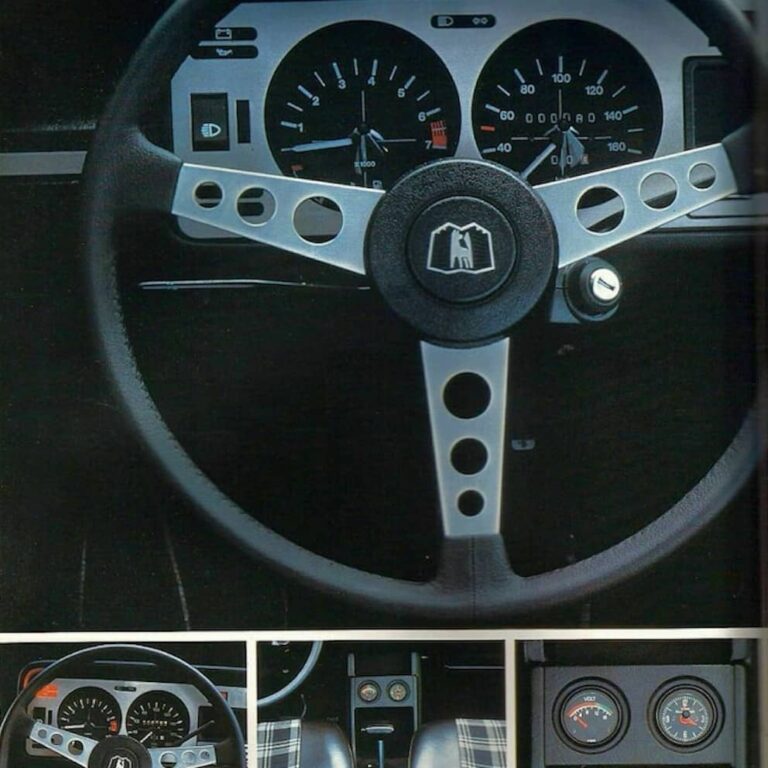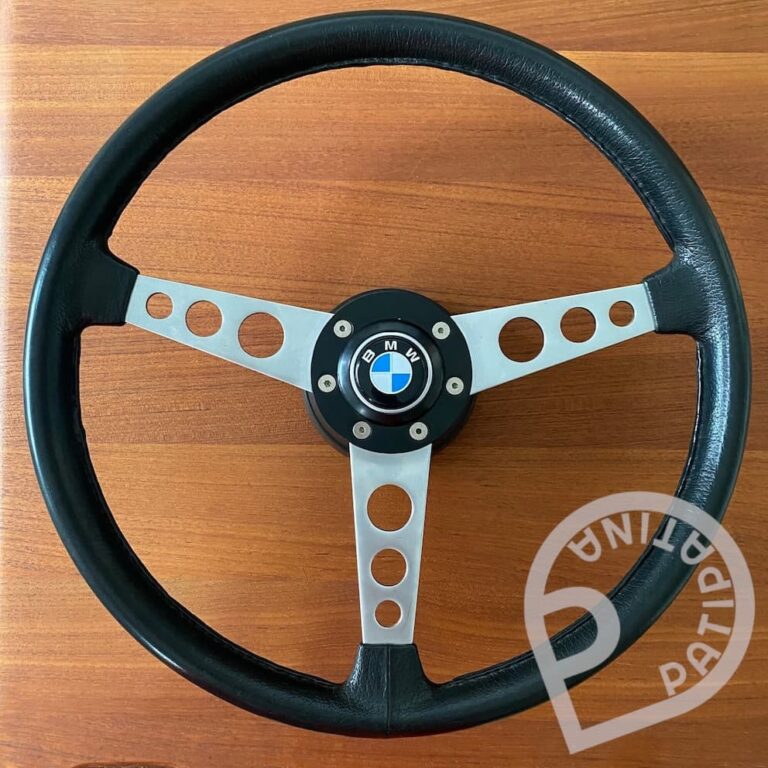How to do a vintage engine compression test?
Mads van Appeldoorn
February 24, 2023
As Amazon Associate I earn from qualifying purchases. I may receive a small commission at no additional cost to you for purchases made through links in this post.
Why is compression testing when buying a vintage car so important?
When you consider buying a vintage car, compression testing is an important step in evaluating the condition of a vintage car’s engine. It can help you determine the health of the engine, might prevent future issues and therefore costly repairs or, if negative, help you with your price negotiations. But generally speaking, it provides you with a certain peace of mind knowing more about the condition of the vintage car.
Health of the engine
Good thing about most engines – they usually have more than just one cylinder. That helps you in terms of a compression test in comparing the results. Classic cars usually have vintage engines and due to their age, they are likely worn and have lost power over the years. That’s okay to a certain degree. But what if one cylinder isn’t working just like the others? A compression test can reveal if there are any issues with the engine’s internal components, worn piston rings or cylinder walls for example. Damaged valves, a blown head gasket, to name a few. Issues like these can affect the overall engine’s performance even though you might not notice it at first while test-driving, as well as fuel efficiency and longevity. By conducting a compression test, you get a better idea of the engine’s health and potential costly repairs. Identifying issues before they become major problems is one of the key reasons why.
Price negotiations
Nobody likes to overpay. A compression test might also reveal that the engine is not in good condition. Use this information to negotiate the price of the car, in the end, the price shall also reflect the condition of the car. Hence, if you want the car anyway, make sure you price in the required repairs, transparency will most likely help both sides.
Peace of mind
In the end, knowing more about the condition of the engine will give you a peace of mind when driving the car. You will have a way better understanding of the car’s condition, capabilities and limitations. And that will also affect your plans for future maintenance, repairs and budget-planning.
Overall, compression testing is an important step in evaluating the condition of a vintage car’s engine. It can help you make an informed decision when considering buying a vintage car and can prevent future issues down the road. And keep in mind, the price of a compression tester won’t break the bank.
How to do a compression test?
Well, obviously you need a compression tester. It’s a tiny little device with a gauge, quite easy to use. Depending on your car, you might need one with a longer hose. I use this one for my vintage Porsches and it allows me to get to all cylinders and I am still able to read the gauge.
Here are the steps how to do a compression test:
Step 1:
Allow the engine to cool down before beginning the compression test.
Step 2:
Remove the spark plugs from the engine. It’s important to remove all spark plugs to get an accurate reading.
Step 3:
Thread the compression tester into the spark plug hole for the first cylinder you want to test. Make sure it’s screwed in tightly.
Step 4:
Have a mate hold down the throttle to the floor, or use a throttle-stop device to keep the throttle wide open. This will allow maximum airflow into the engine and give you the highest possible compression reading.
Step 5:
Crank the engine with the starter motor for a few seconds while watching the compression gauge. The gauge should stop climbing after a few seconds.
Step 6:
Record the reading on the compression gauge and write it down.
Step 7:
Repeat this process for each cylinder, recording the reading for each one.
Step 8:
Compare the compression readings to the manufacturer’s specifications for your engine. If the readings are too low, it may indicate a problem with the engine, such as worn piston rings, damaged cylinder walls, or leaking valves.
Step 9:
Once you have finished testing all cylinders, re-install the spark plugs.
Done! Just make sure you follow the instructions for your compression tester as well as the engine. If you’re not comfortable doing a compression test yourself, ask a mate who is familiar with it or consult a professional mechanic.





